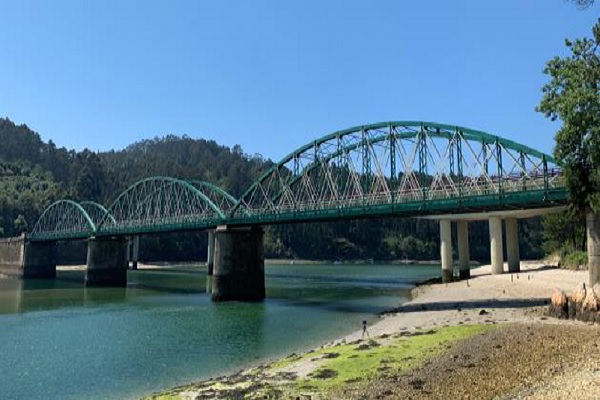A large part of the European bridge stock is reaching the end of its design service life. Currently, several applications for numerical models have been emerged, such as damage detection or structural safety assessment, among others.
However, accurate numerical modeling is still a challenge. Model input uncertainties can cause large differences between numerical model predictions and actual measured responses from the structure. This fact makes model updating or calibration techniques essential for the aim of reducing such discrepancies. In this study, a model updating methodology is developed and implemented in an aging steel bridge located in a corrosive environment. An extensive and multidisciplinary experimental campaign was first carried out for collecting the necessary geometrical and material properties as well as dynamic data that will be used as a reference for the calibration process.
A good agreement was found between the updated numerical model and the experimental modal data obtaining an average frequency error of 2.09% and average MAC (Modal Assurance Criterion) of 0.97.

